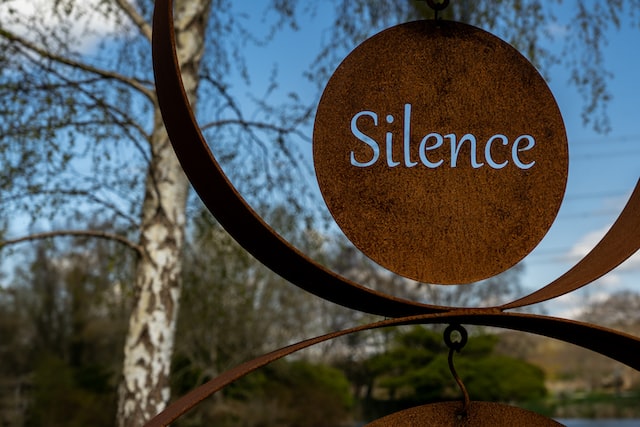Active Stillness is something I hadn’t heard of until this week. Using the Headspace app this week, we were encouraged to practice “active stillness”.
The holidays are upon us. During the hustle bustle of people, places, and things to do in the days ahead, time for stillness sounds pretty great, doesn’t it?!

Stillness
The Oxford Dictionary defines stillness as “the quality of being quiet and not moving.” I found an article on https://psychcentral.com/ that explained we could be still, even when surrounded by stimuli. It explained how you can cultivate stillness while walking on a busy street, even while chaos swirls all around you.
The key to this is intentionally choose stillness of your mind. Stillness is what I call, “slowing down to speed up”. A decision, a choice to be still vs. go, go, go.
This article included ways to practice stillness:
1. Breathe
Taking slow, deep breaths induces the parasympathetic system and slows your heart rate, Lawson said.
2. Practice when you need it
You can practices stillness anywhere, whenever the moment strikes!
Consider stepping away and taking a few minutes for yourself.
The goal is to feel a sense of calm, relaxed experiences as a reference point.
3. Schedule stillness
If you aren’t creating stillness spontaneously, try to schedule it. For me, I am using the early morning as a time to get grounded for the day! If my day starts really early, I take a break and sit quietly to be still.
Whatever you choose, always remember some days get away from us. Be gentle with you – sometimes five extra minutes in the shower is the only time available.
4. Find a favorite spot
Again, you can experience stillness anywhere. But it can help to start at a favorite place. This might be outdoors, such as a park or bench, or at home, in complete silence. Outside is my go to place – nature is so soothing.
5. Listen to soft music
Sometimes, the noise of life gets too loud OR too quiet. Music can be a great way to shut out the noise or quiet. Pick music that speaks to your soul.
6. Repeat calming phrases
Repeating calming phrases can give your stillness structure. Karin Lawson, PsyD, a psychologist and clinical director with Oliver-Pyatt Centers shared these examples:
- “I am calm and still.”
- “I can create stillness.”

Silence
So what about silence when we’re around others? As described during my Headspace time, “silence is the foundation of calm and clarity that allows us to hear what others have to say.” My interpretation of this was “listening to hear” instead of “tuning out”!
Be aware of “listening to hear” and “listening to speak” when around others this month. There are times when “silence is golden” and other times it’s important to speak up.
Finding active stillness goes a long way in communication. It’s a reminder of “think before you speak”: is it true? Helpful? Inspiring? Necessary? Kind?
20 Days Left in This Year!
As this year draws to a close, take a minute and ask yourself if everything important to you has been considered, “in case”? Reach out to explore finding a good time to review what you’ve got in place and what’s missing in your planning.
Send me a note at: Lynn@thelivingplanner.com or call/text my office +1951.400.5966 to reach me. My main website is: https://thelivingplanner.com Check out my online courses/resources to assist people, pets and businesses here: https://courses.thelivingplanner.com
Enjoy this quote by ~ Thomas Browne. “Think before you act; think twice before you speak.” — Lynn
#LifeHacks #CareForPeopleCareForBusiness
